Some pedigrees carry beauty and risk in equal measure.

Every cat owner hopes for years of quiet companionship, but studies show that certain breeds carry heavier genetic risks. Selective breeding for appearance has reduced genetic diversity, linking some pedigrees to shorter lifespans marked by heart, kidney, or respiratory disease. Love can’t rewrite biology, but awareness can extend both comfort and years. It’s not about fear, but realism—many of the most adored breeds live shorter lives because their beauty and fragility are intertwined, a truth recent veterinary research continues to reveal behind those soft, trusting eyes.
1. The Persian’s beauty often comes with chronic complications.

Persians are consistently among the shortest-lived purebreds, with many suffering from polycystic kidney disease (PKD) and chronic respiratory distress. According to the Royal Veterinary College’s feline lifespan study, their median lifespan is just under 12 years, well below the average domestic cat. The flattened face that defines their beauty restricts airflow, while their genetic narrowing has made PKD nearly unavoidable in certain lines.
Owners may only notice mild breathing noises at first, but the real damage unfolds internally. Regular screening and controlled breeding have reduced risk slightly, but Persians remain a symbol of how human preferences can shorten nature’s timeline.
2. Scottish Folds age faster due to their skeletal structure.
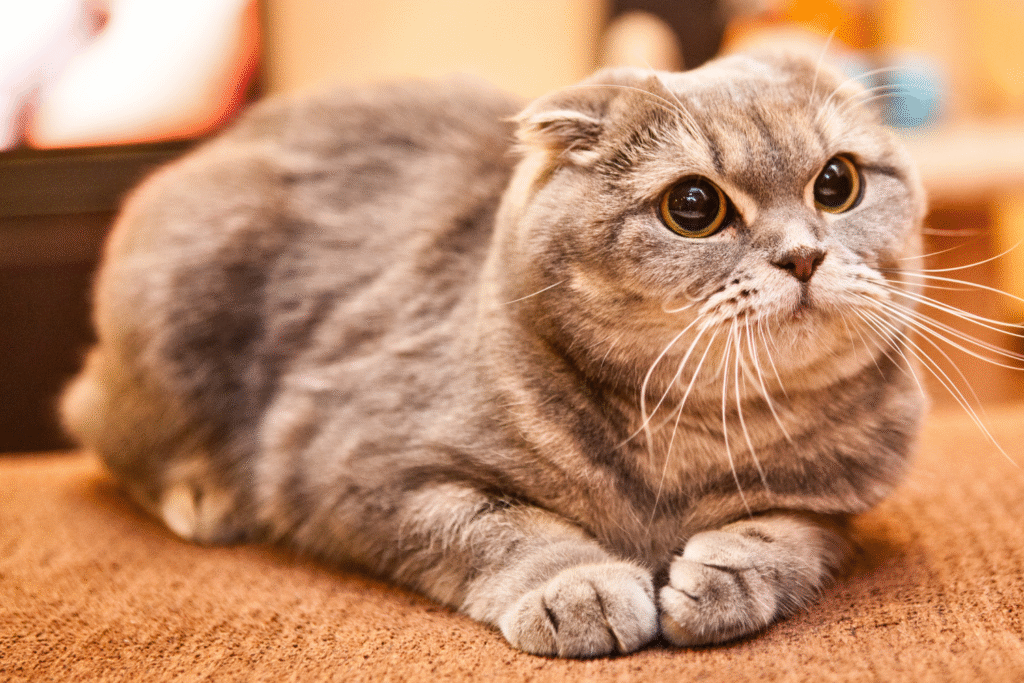
The signature folded ears of Scottish Folds result from a cartilage mutation that affects the entire body, not just the ears, as stated by the Journal of Feline Medicine and Surgery. This same mutation leads to early-onset arthritis and mobility loss, often appearing before middle age. Many develop chronic pain years earlier than expected.
Their gentle demeanor hides discomfort well, which means owners often miss the signs until movement becomes visibly stiff. The average Fold lives between 11 and 13 years, though some studies suggest shorter spans when joint deformities develop young.
3. The Sphynx faces immune and cardiac vulnerabilities.

Hairless and striking, the Sphynx breed is genetically prone to hypertrophic cardiomyopathy (HCM), an inherited thickening of the heart muscle reported by the American Veterinary Medical Association. The lack of fur also exposes them to temperature stress that forces their metabolism into constant overdrive.
This combination leaves their bodies aging faster than most realize. They burn through energy reserves quickly, and once HCM develops, their decline can be swift. Many live vibrant but short lives, with heart scans recommended annually to catch issues before symptoms show.
4. Bengals sometimes burn bright but fade early.
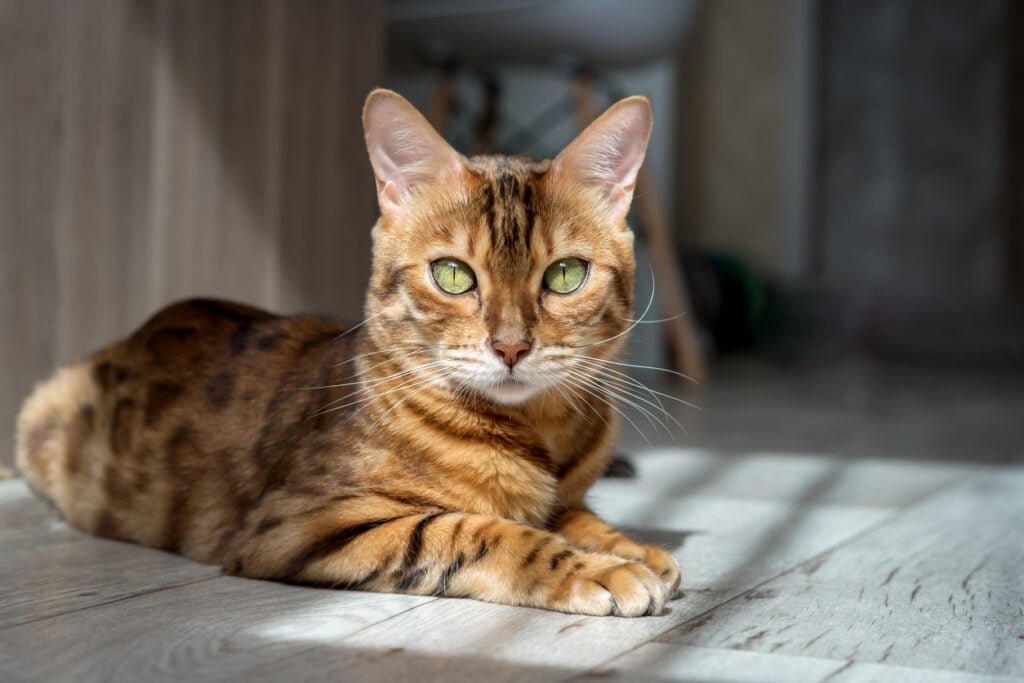
High-energy Bengals are athletic marvels, yet their hybrid lineage with the Asian leopard cat contributes to unpredictable genetics. Many develop heart and digestive issues that quietly shorten lifespan. Their restlessness masks fatigue, so illness often looks like simple play disinterest until advanced.
Breeders have made strides in stabilizing health, but even well-bred Bengals tend to average around 12 to 14 years, slightly lower than the general feline median. Their bodies simply run on higher metabolic fuel, and it shows with age.
5. The Ragdoll’s heart condition remains its greatest weakness.

Known for their floppy calm, Ragdolls have a genetic predisposition to hypertrophic cardiomyopathy, the same heart disease seen in Sphynx cats but often more silent. This thickening of the heart walls slowly reduces function over time. Many seem perfectly healthy until sudden collapse occurs in adulthood.
Despite their serene presence, Ragdolls require early screening to catch heart irregularities before they worsen. The emotional attachment owners form with them makes their shorter lifespans especially devastating, as they often pass unexpectedly and without prior warning.
6. Burmese cats face an increased risk of diabetes.

This breed’s compact, muscular frame hides a tendency toward insulin resistance. Burmese cats metabolize food differently, often developing type 2 diabetes by middle age if diets aren’t tightly controlled. Once diagnosed, it demands lifelong management.
The connection between weight and blood sugar instability has been well-documented across veterinary studies. It’s not the disease itself that shortens life most—it’s the delayed diagnosis. Cats often show subtle signs like excessive thirst or urination before the condition fully takes hold.
7. Abyssinians often face hereditary kidney challenges.
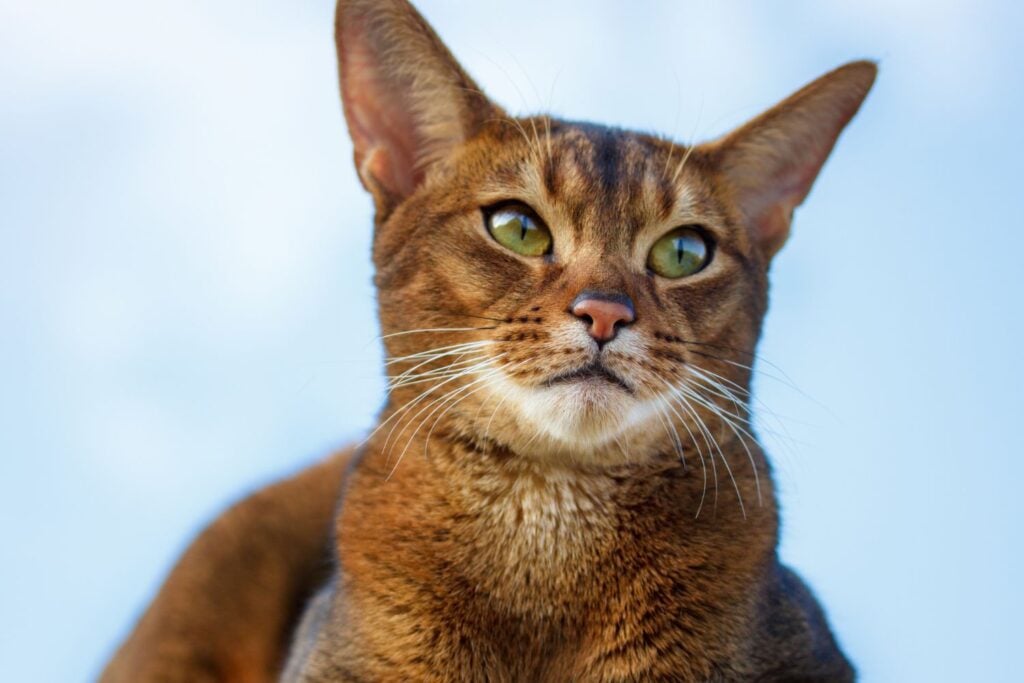
With their wild, lithe appearance, Abyssinians look timeless, but they’re genetically prone to renal amyloidosis, a disorder that replaces healthy kidney tissue with waxy protein deposits. The condition progresses quietly until organ failure occurs.
Many live only into their early teens despite otherwise glowing health. This breed’s renal fragility makes hydration and diet critical from the start. Their elegance often hides exhaustion, but subtle dips in weight or appetite can mark the beginning of irreversible decline.
8. The Maine Coon’s size hides a vulnerable heart.

As one of the largest cat breeds, the Maine Coon’s majestic build comes with a significant predisposition to hypertrophic cardiomyopathy. The condition thickens the heart muscle, reducing its ability to pump efficiently and sometimes causing sudden cardiac arrest.
It’s a cruel irony that such strong-looking cats harbor such fragile hearts. Regular echocardiograms can extend their lifespan considerably, yet even with care, they rarely outlive smaller domestic breeds. Their bulk becomes their burden, straining systems not built for that scale.
9. Exotic Shorthairs inherit the Persian’s same genetic baggage.
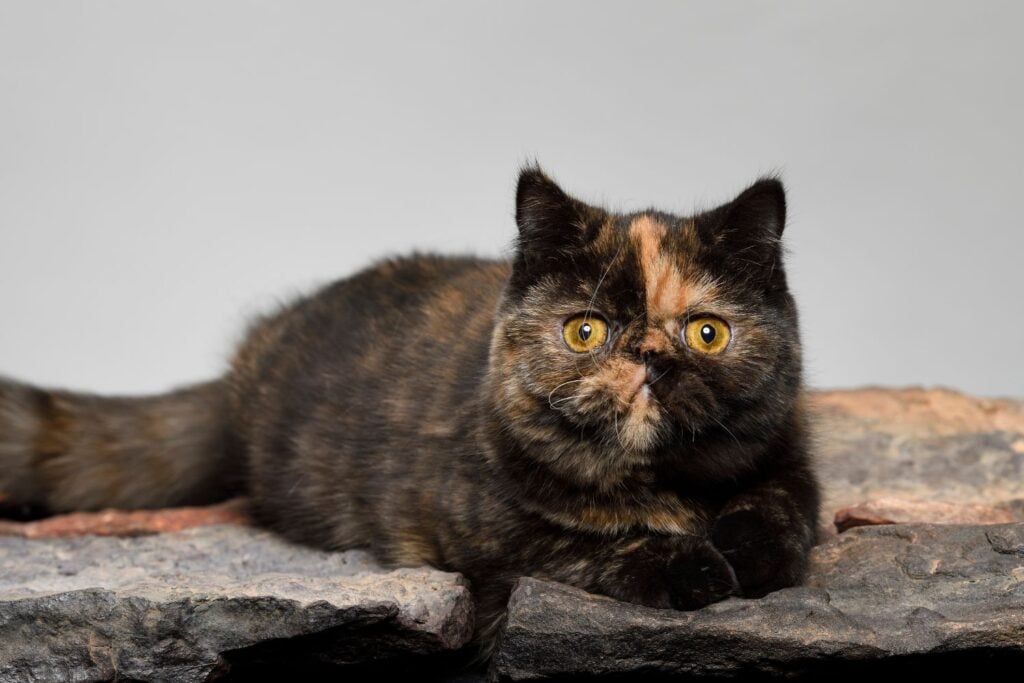
Essentially Persians with shorter coats, Exotic Shorthairs inherit many of the same respiratory and kidney issues that plague their long-haired cousins. The compressed facial structure continues to restrict airflow, especially during heat or stress.
Their charm and calm demeanor make them beloved companions, but chronic sinus infections, dental malocclusions, and airway inflammation take a long-term toll. Many Exotics live fulfilling yet abbreviated lives compared to mixed-breed cats of similar size.
10. The Siamese sometimes struggle with degenerative conditions.
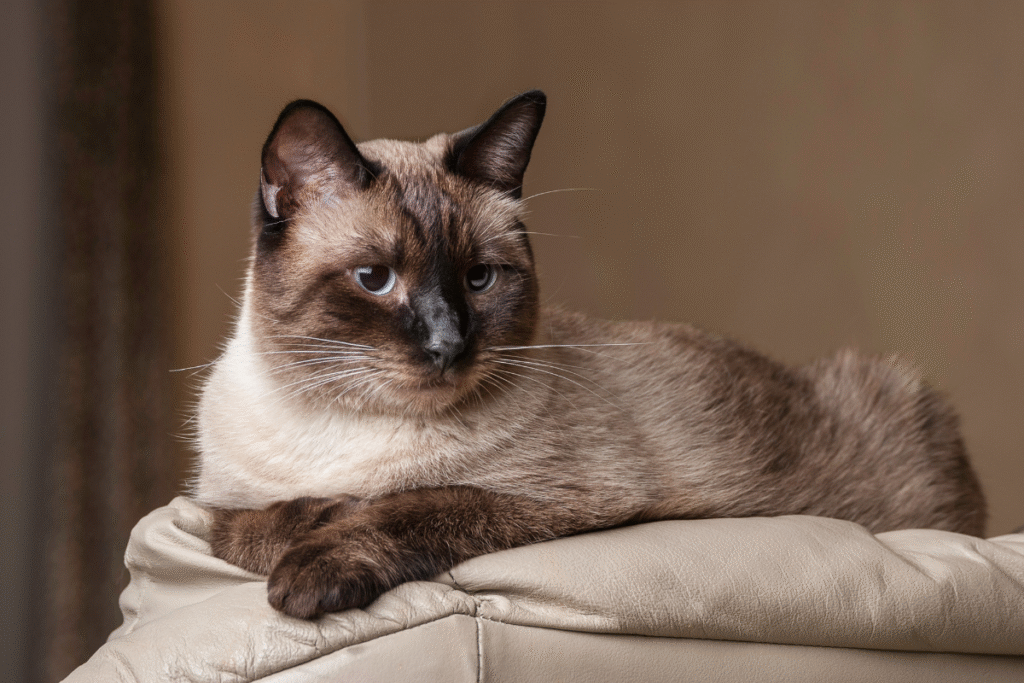
Siamese cats have distinctive genetics that contribute to certain cancers and neurological disorders, including vestibular disease and progressive retinal atrophy. Though lively and intelligent, they often show health decline earlier than expected, with median lifespans averaging 11 to 13 years.
Their talkative, high-energy nature hides discomfort well, which makes owners less likely to notice when they start slowing down. Preventive vet care and balanced nutrition can extend life expectancy, but genetics remain a powerful limit.
11. The British Shorthair’s weight and heart risks grow together.

Stocky and muscular, British Shorthairs age gracefully at first, but many develop obesity-related complications that compound genetic heart issues. Their calm temperament and love for rest make weight gain almost inevitable without strict portion control.
By their early teens, some develop hypertrophic cardiomyopathy or joint deterioration that shortens lifespan. Their mellow personalities make the decline seem gradual, yet under the surface, the stress on their heart and joints steadily mounts. It’s a reminder that even the most relaxed breeds pay a price for indulgence if not closely monitored.
